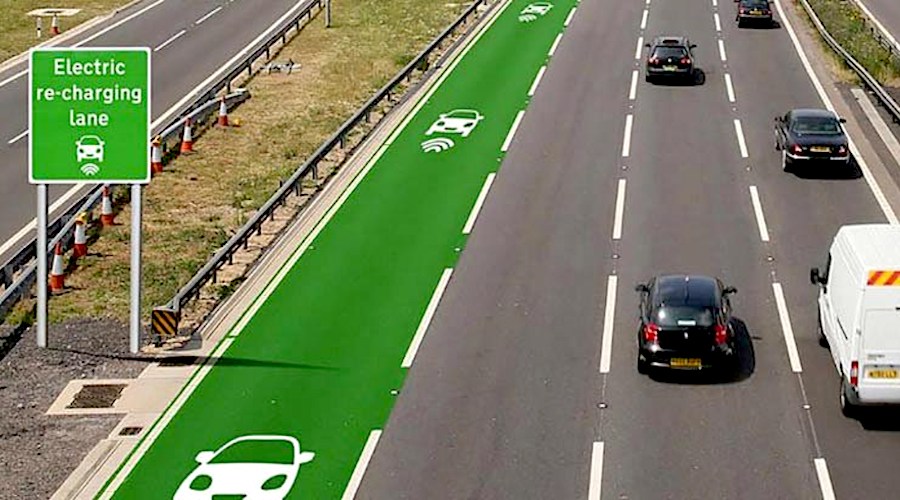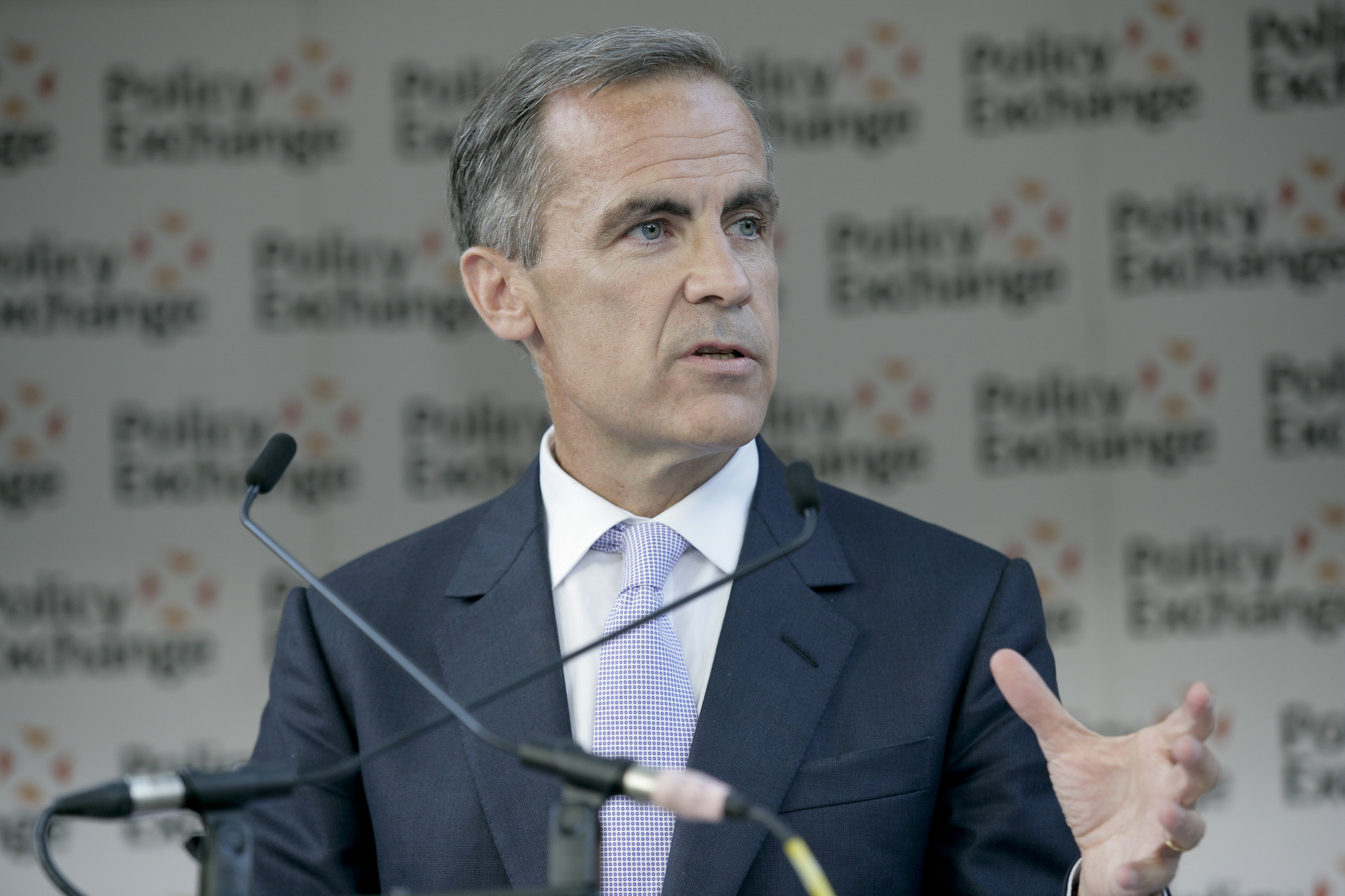CME starts trading lithium futures to tap EV demand

Commodities exchange operator CME Group launched on Monday a futures contract for lithium, seeking to capitalize on growing demand for the key ingredient in the batteries that power electric vehicles (EVs) and high tech devices.
Five tonnes were traded at the Lithium Hydroxide CIF CJK on the first session at $14.25 per kg. The price is settled against Fastmarkets’ assessment for lithium hydroxide, which traded at $12.50-$13.50 per kg on April 29. That was 6% higher than the f $11.50-$13 per kg it traded a week earlier.
Fastmarkets’ price reflects the cost, insurance and freight (CIF) spot price in China, Japan and South Korea, where the majority of battery manufacturing capacity is currently concentrated.
Prices are settled against Fastmarkets’ assessment for lithium hydroxide, which reflects the cost, insurance and freight (CIF) spot price in China, Japan and South Korea
Allowing lithium to trade freely on an exchange is expected to make the price setting for lithium more transparent. Until now, market participants relied on assessments from commodities-data trackers such as Benchmark Mineral Intelligence, S&P Global Platts and Fastmarkets itself.
“Demand for key battery metals like Lithium and cobalt continues to accelerate as economies invest in lower carbon alternatives for the transportation sector,” Young-Jin Chang, Managing Director and Global Head of Metals at CME Group, said in a media statement.
“CME Group is the destination for managing global metals risk, and the new lithium futures will provide our customers with another tool for managing the price risks associated with the manufacturing of electric vehicles.”
Choosing lithium hydroxide indicates that CME is betting on a shift by automakers toward longer-range batteries that harness the compound. Lithium carbonate, in contrast, is used in cheaper batteries.
The new lithium market comes as the International Energy Agency recently reported that 2.1 million electric vehicles were sold last year, up 40% from 2019 sales. Demand for EVs is expected to continue to grow, with many car manufacturers including General Motors, Mercedes Benz and Ford pledging to introduce new electric models over the next decade to help meet carbon-neutral targets.
More News
Resouro boosts titanium resource by 37% at Tiros project in Brazil
Total resources are now 1,400 Mt1 at 12% TiO₂ and 4,000 ppm TREO, the company said.
April 09, 2025 | 04:37 pm
Prime Minister Mark Carney vows to speed permits, make Canada energy superpower
The Liberal Party leader said at a campaign stop in Calgary that his government would create a Major Federal Project Office with a “one project, one review” mandate.
April 09, 2025 | 03:34 pm
Peru mining chamber sees copper output up 2-4% this year
That would put Peru's copper production between 2.79 million and 2.85 million metric tons.
April 09, 2025 | 02:53 pm
{{ commodity.name }}
{{ post.title }}
{{ post.excerpt }}
{{ post.date }}




Comments